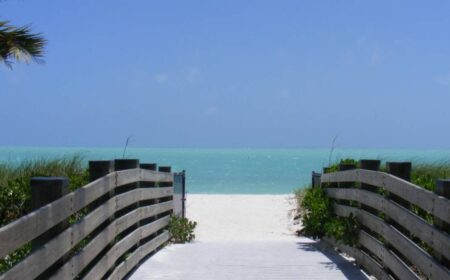Get Your Watercraft Winter-Ready: A Guide for Paddlers, Kayakers, and Boaters
When cooler weather arrives, it’s time for us water lovers to start prepping our gear for storage. Whether you paddle, boat, or captain a larger vessel, proper winterization is key to keeping your equipment in top shape when warmer days return. In this guide, we’ll walk through the steps for putting away inflatable paddle boards, kayaks, and fishing boats.
Find the Right Storage Spot
First things first, your watercraft needs a good home for the winter. Avoid extreme temps (freezing is bad news for certain materials). Look for somewhere with a relatively stable temperature, ideally indoors. If storing outside, keep your gear up off the ground on a rack or cradle to prevent moisture buildup and potential flooding. Invest in a heavy-duty tarp or cover for an extra shield against the elements. For boats, ensure the cradle properly supports the hull to prevent warping. Ask about climate control options for added peace of mind if using a storage facility.

Clean Up Before Storing
Before storage, give your watercraft a deep clean. Pay special attention to mold-prone nooks, which thrive in damp winter conditions. For inflatables, use mild soap and avoid harsh chemicals that could damage the fabric. Thoroughly scrub your boat’s hull to remove any barnacles, algae, or grime. Remember to tightly seal all valves on kayaks and paddleboards to prevent air leaks.

Make Any Needed Repairs
Winter is the perfect time to address any wear and tear. Give seams, joints, and attachments on your inflatable gear a close inspection, repairing as needed. For boats, carefully check the propeller and hull for dings or scratches acquired over the season, and fix them up. This prevents bigger problems down the line. Also check the overall structure, patching any leaks and testing handles, rings, and cords for integrity.
Winterize the Fuel System
To prevent corrosion in the fuel system, add a stabilizer to your fuel following the manufacturer’s recommended dosage. Top off the tank to minimize air space and condensation. Before adding the stabilizer, run the engine to circulate the treated fuel. This helps prevent issues like varnishing down the road.
Protect the Engine
Guard your engine from moisture and corrosion. Use a breathable cover and apply a corrosion inhibitor. For outboards, flush with fresh water, stabilize the fuel, change lower unit oil, fog the engine, and grease the propeller shaft. For inboards, flush the cooling system, change oil and filter, stabilize fuel, inspect belts/hoses, fog the engine, and coat electrical components.
Maintain the Battery
Prevent battery drain by disconnecting it and storing it in a cool, dry spot. Use a trickle charger to keep it charged. Clean the terminals with a baking soda solution to avoid corrosion. Apply petroleum jelly or terminal protector spray for extra prevention. Check the voltage periodically and recharge as needed.
Change the Gear Lube
When swapping gear lube, inspect for water contamination (seen as a milky or foamy appearance). This can indicate damage, so address it before storage. Check seals for wear and apply marine grease to the prop shaft and moving parts. Consider a gear lube pump for an easier change.
Shelter Your Watercraft
Look for a ventilated cover to discourage mold and mildew. Secure it tightly against winter winds. For boats, use support poles to prevent water pooling. Give your watercraft a final check before covering to ensure hatches, vents, etc. are sealed. Consider moisture-absorbing products inside the boat.

Extra Winterization Tips
For added protection, wax your watercraft before covering it. It helps shield against winter elements. Spritz inflatables with UV protectant spray to prevent fading and damage from the occasional sunny day. Take these extra steps, and your gear will be ready to make a splash when spring returns!




